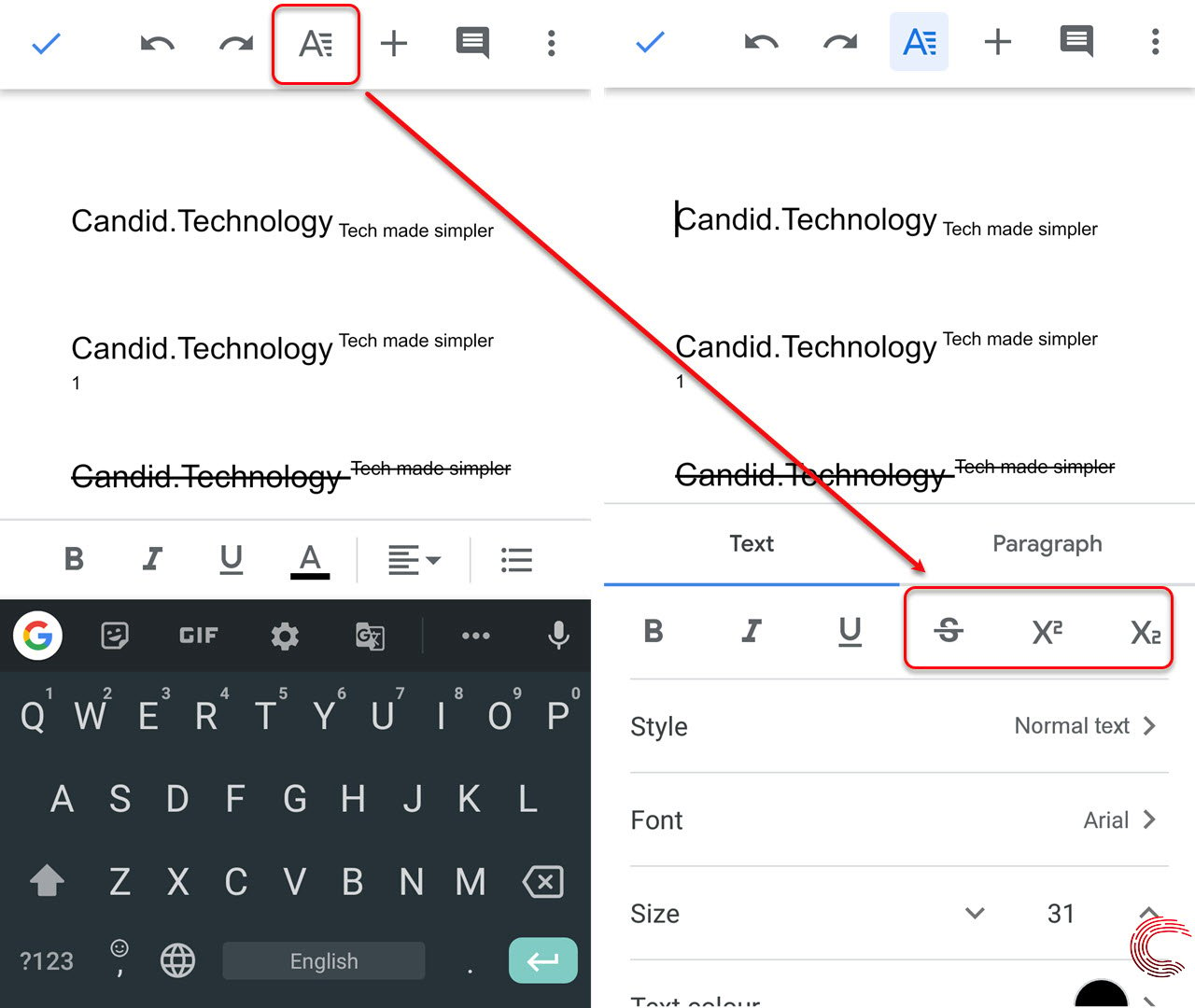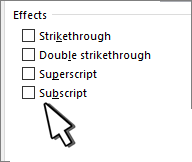
There is one "gottcha" with creating these types of field: If the field appears near the end of a line, Word will wrap the text right after the field and before the next word. When you collapse the field, you may get just want you want in your display.

Just replace the \a with \o (step 2) and then superscript the 1 and subscript the 2. You can, if desired, also use the \o switch with the equation field. Press F9 to collapse the field and change to the field's results.You should replace the 1 and 2 with the digits you want superscripted and subscripted, respectively. Type "eq \a(1,2)" (without the quote marks).This inserts a pair of field braces within your document. You may need to experiment with the spacing amount entered in step 6 different point sizes may be required for different typefaces and font sizes.Ī third solution is to use the EQ (equation) field that has been available in Word since before the Equation Editor was around. In the By box to the right of the drop-down you used in step 5, enter "5 pt" (without the quote marks).Using the Spacing drop-down list, choose Condensed.The Character Spacing tab of the Font dialog box. Open the Font dialog box and make sure the Character Spacing tab is displayed.Select the first character (the one that is superscripted).Type the character you want as the subscript and format it as a subscript.Type the character you want as a superscript and format it as a superscript.Adjust the box size, box position, and font size, as desired, to get the effect you want.Īnother possible solution is to adjust the formatting of two adjacent characters.


First of all, you can create two small text boxes and place them in close proximity to each other. There are a couple of things you can try.
He tried using the Equation Editor, but decided that he didn't like the results and needed to find a different solution. Tom needs a way of having a subscripted character and a superscripted character appear in the same space, so that one is exactly over the other.


 0 kommentar(er)
0 kommentar(er)
